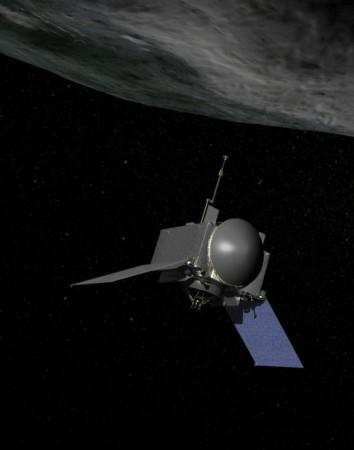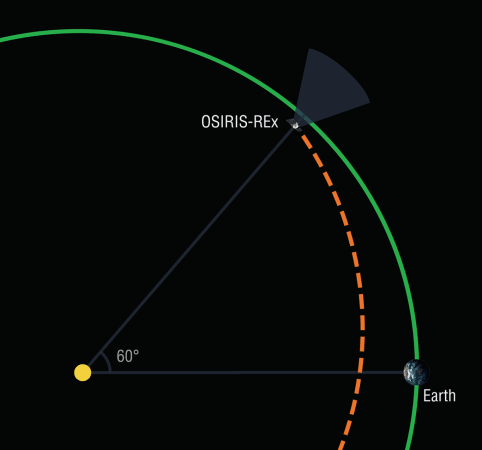
After completing its first mission, NASA's OSIRIS-Rex (Origins, Spectral Interpretation, Resource Identification, and Security- Regolith Explorer) spacecraft is all ready to go on its second mission to hunt for rare Trojan asteroids near Earth.
Trojan asteroids are those space rocks which accompany the planets present in our solar system and orbit the Sun along with them. These asteroids are situated at the front or the back of the planet at an almost stable point of 60 degrees. They remain constant in their defined orbits, this prevents them from bumping into their fellow planets.
The spacecraft will explore and scan the space systematically with the help of its MapCam imager in the regions where Trojans are likely to exist.
"The Earth-Trojan asteroid search provides a substantial advantage to the OSIRIS-REx mission," Dante Lauretta, OSIRIS-REx principal investigator and professor of planetary science at the Lunar and Planetary Laboratory at the University of Arizona, said in a statement.
"Not only do we have the opportunity to discover new members of an asteroid class, but more importantly, we are practicing critical mission operations in advance of our arrival at Bennu, which ultimately reduces mission risk."
Six planets namely Earth, Mars, Venus, Neptune, Uranus and Jupiter, are known to have Trojan asteroids as companions. Jupiter is found to harbour above 6,000 Trojan asteroids , but only one Trojan asteroid named 2010 TK7 is found to harbour Earth so far, as per NASA's NEOWISE project in 2010.
Space scientists believe that more Trojans could be accompanying Earth, but they are not detected yet as they appear closer to the Sun from the Earth's point of view.

The OSIRIS-REx spacecraft will be placed in such a spot which would allow it to examine the stable point in front of Earth in mid-February 2017.
The first mission of this spacecraft was to fetch a piece of a 2.1-ounce sample of rock from asteroid Bennu and get it back to Earth for research an analysis by the researchers.
This would aid the researchers in enhancing their knowledge regarding formation of planets and origin of life forms by analysing the rock of Benson asteroid. It would also help them understand how an asteroid can impact our planet.
The mission will help scientists investigate how planets formed and how life began, as well as improve our understanding of asteroids that could impact Earth.















